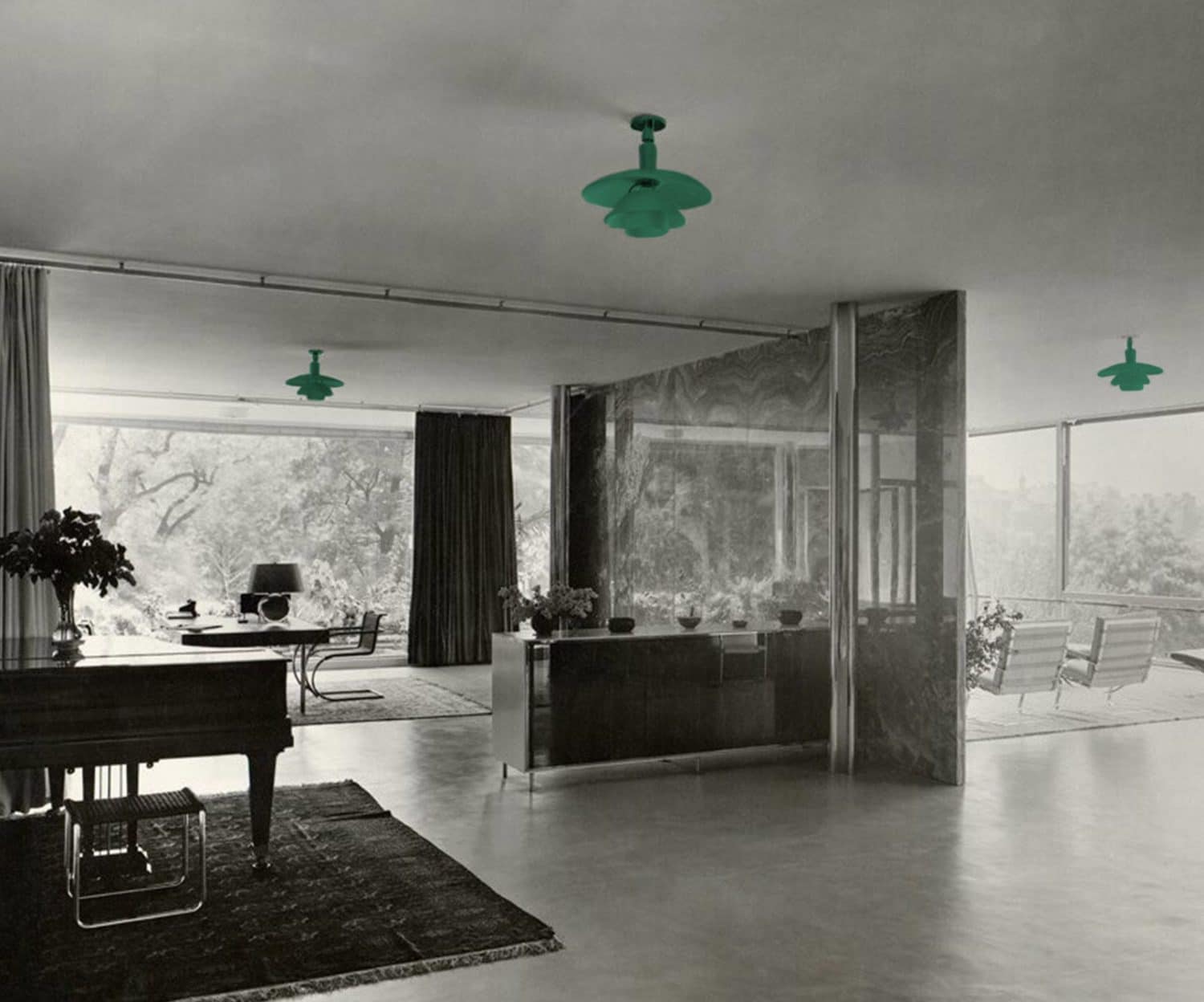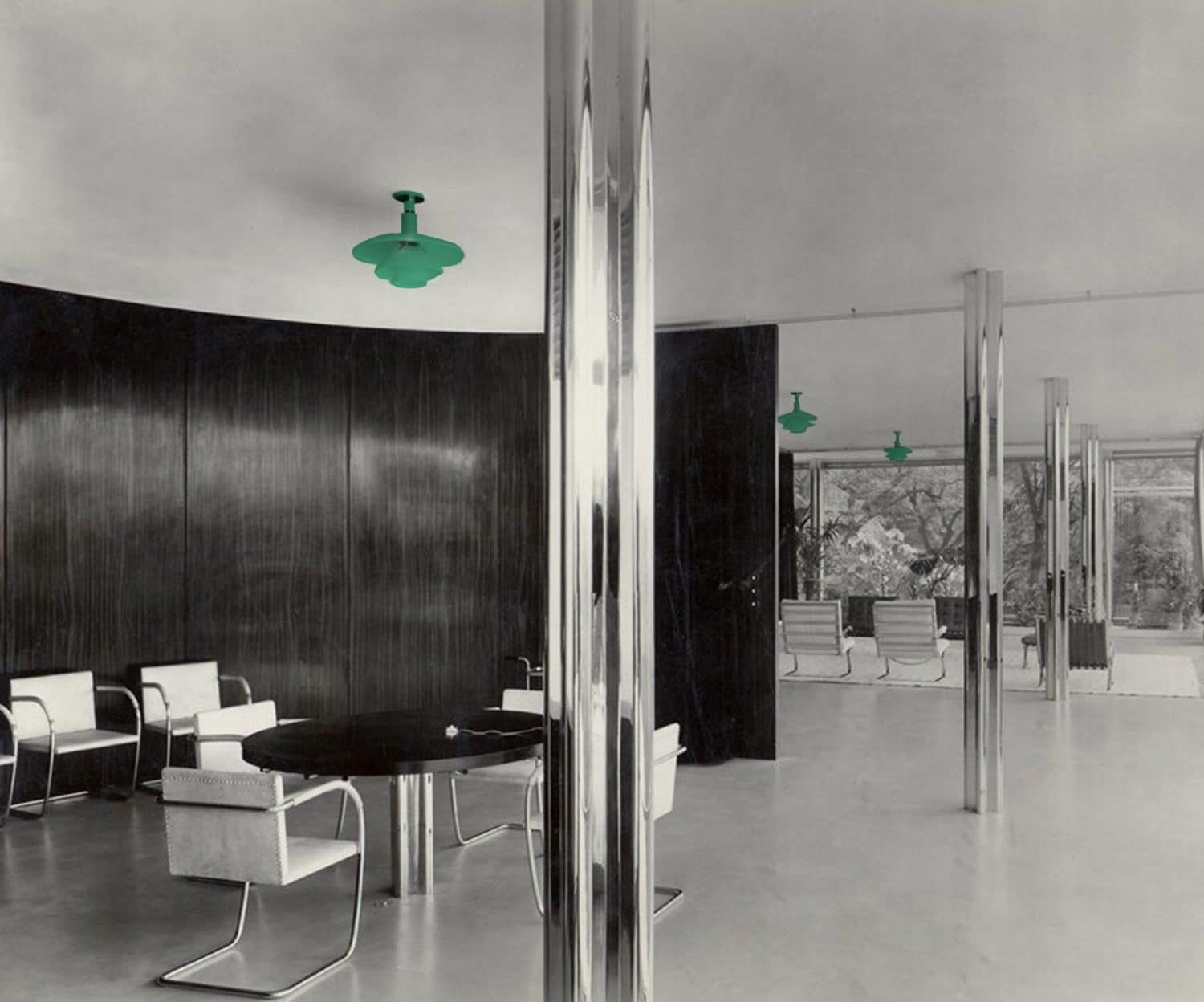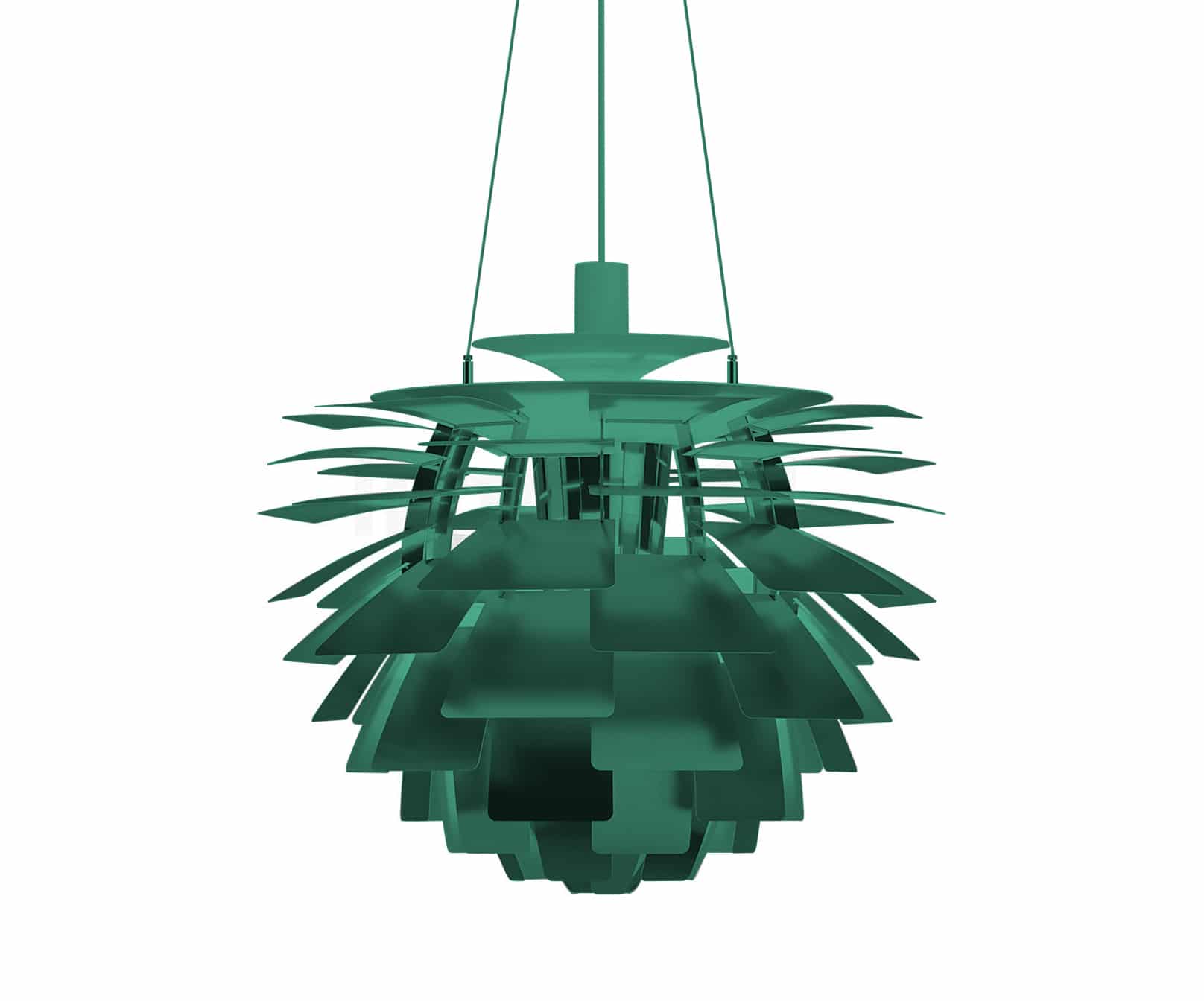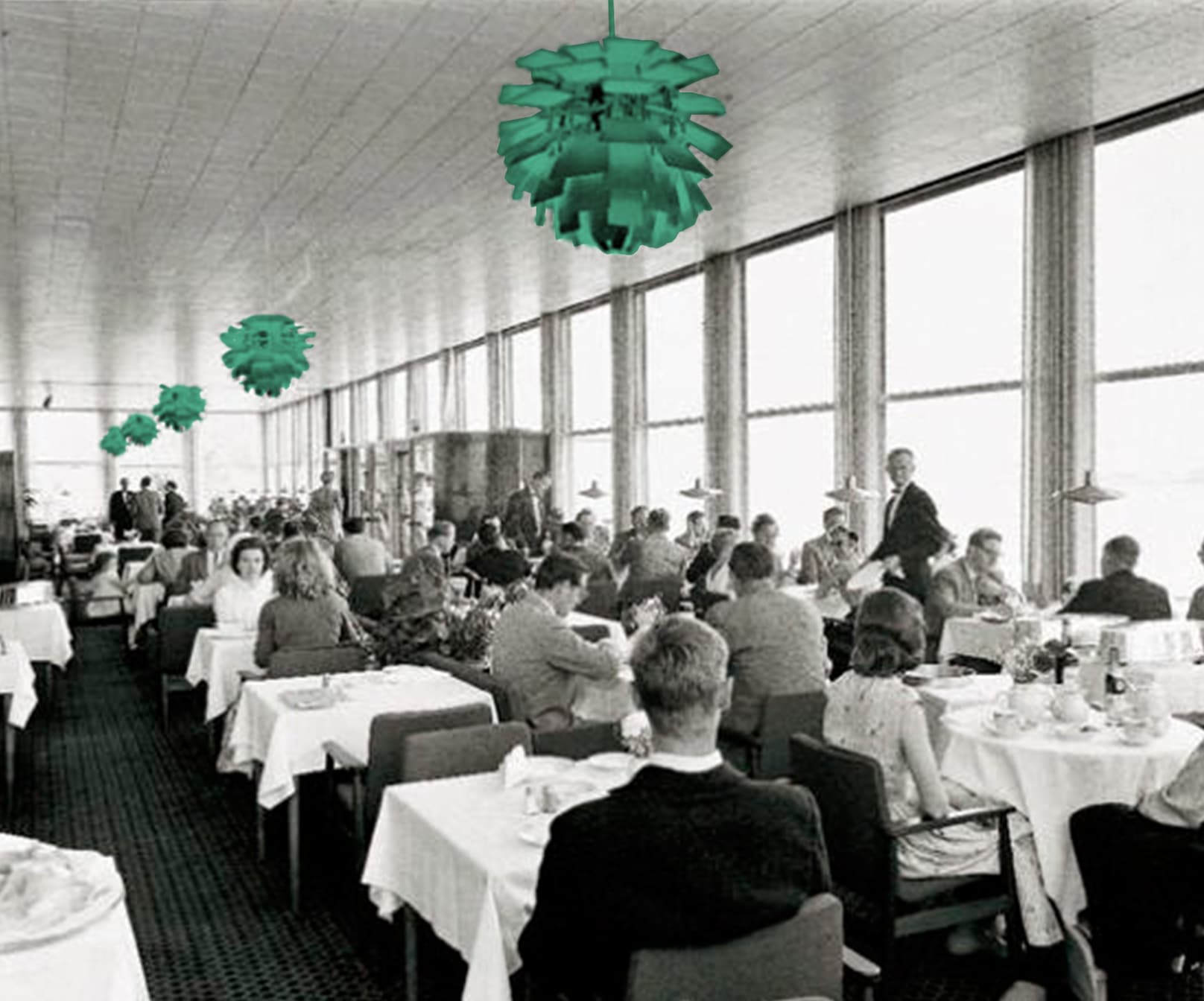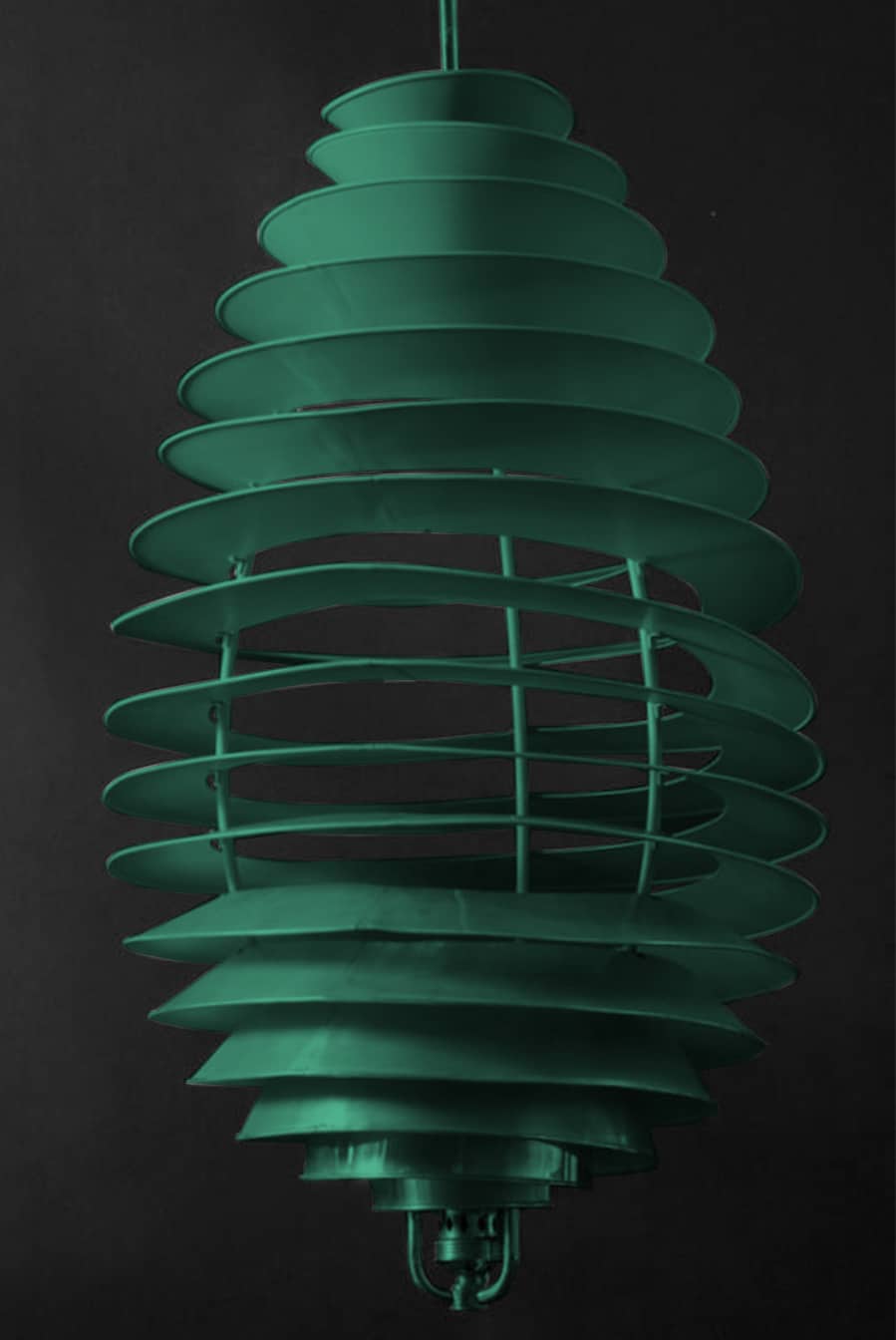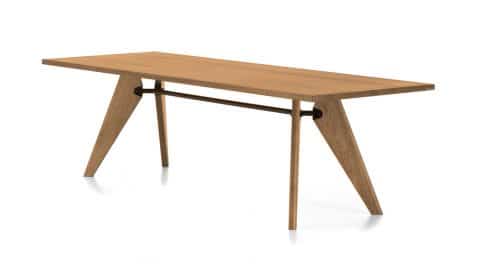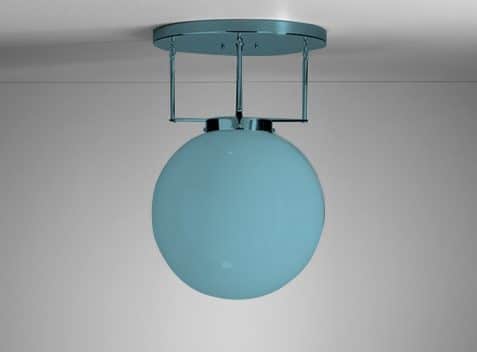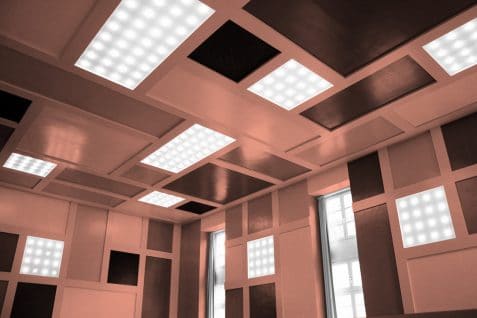INTERIOR
Architect of Light #Poul Henningsen
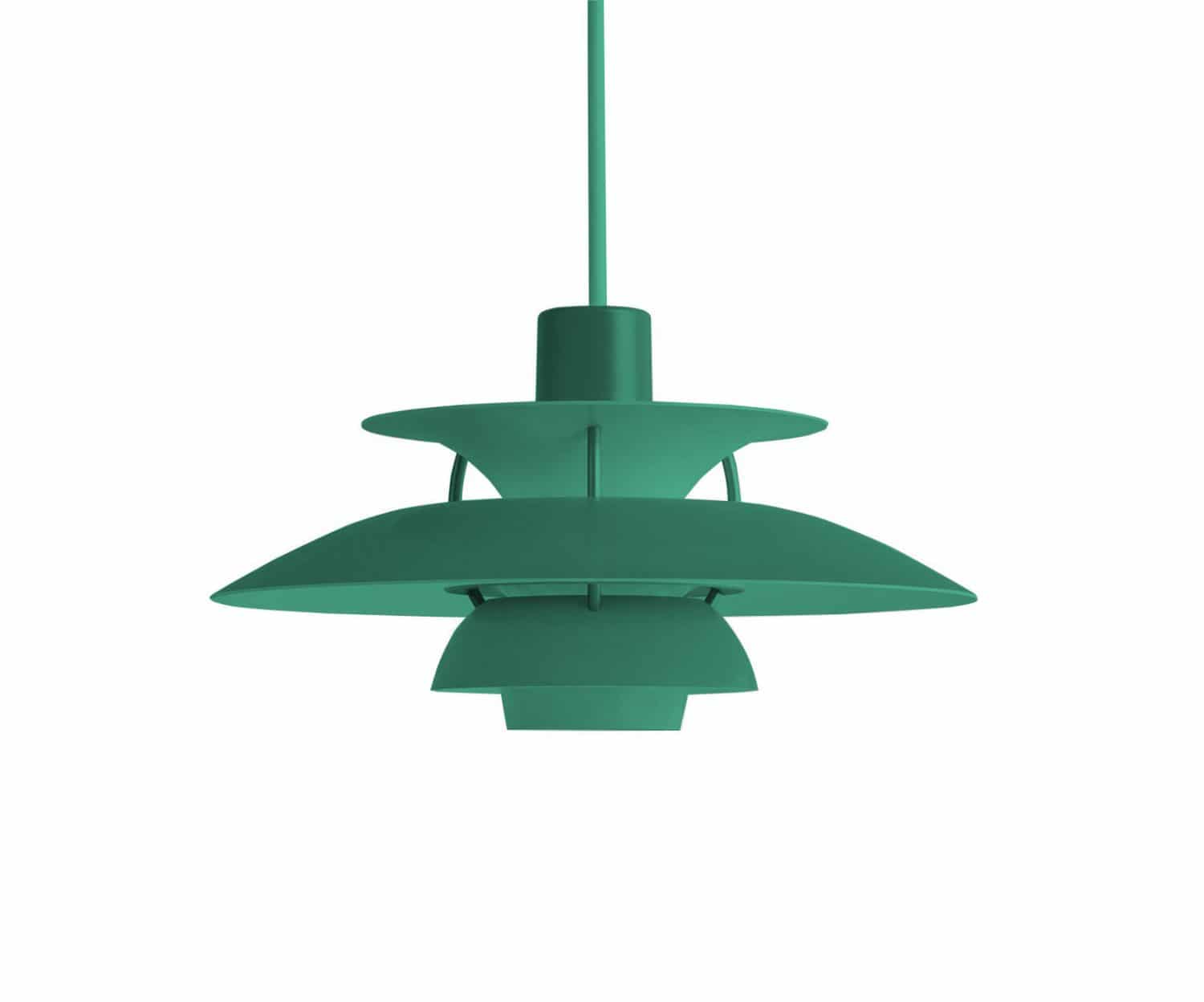
Son of a well-known Danish writer Agnes Henningsen, he grew up surrounded by writers and intellectuals. He studied architecture and worked as an architect but did not graduated. He was known in Denmark as a journalist, critic and writer, but he rose to fame because of his lamps.
In 1924 he began to develop the series of lamps that bears his initials, PH, consisting of table and ceiling lights with several overlapping concave shades, apparently inspired by a stack of cup, bowl and plate. The series was developed over thirty years with the common objective of avoiding glare and obtaining a soft and warm light but sufficient to illuminate a room. Typically Scandinavian, Henningsen understood his work as a combination of art and technique, so that his pieces are patented both as “industrial property” and “artistic property”.
Poul Henningsen‘s lamps, produced by Louis Poulsen, won the gold medal at the International Exhibition of Modern Decorative and Industrial Arts in Paris in 1925 and are part of the interior design of some masterpieces of modern architecture, such as the Tugendhat House by Mies van der Rohe.
Some of the best known and spectacular pieces of the PH series were originally designed for a specific architecture or interior design project. The PH Spiral model was created in 1942 for the main building of the University of Aarhus, by the architect Christian Frederick Møller, while the PH Louvre lamp was designed in 1957 for the Skodsborg Adventist church, by the architect Charles Gjerrild. The PH Artichoke ceiling light, perhaps its most spectacular piece formed by 72 metallic sheets as petals, was created in 1958 as part of the interior design for the Langelinie restaurant pavilion in the port of Copenhagen.
